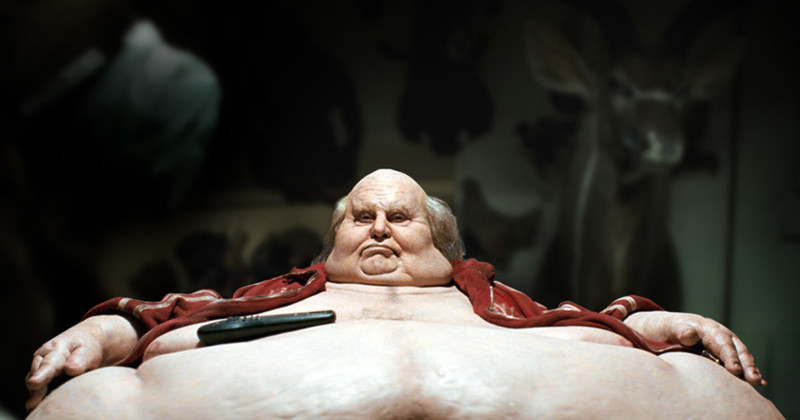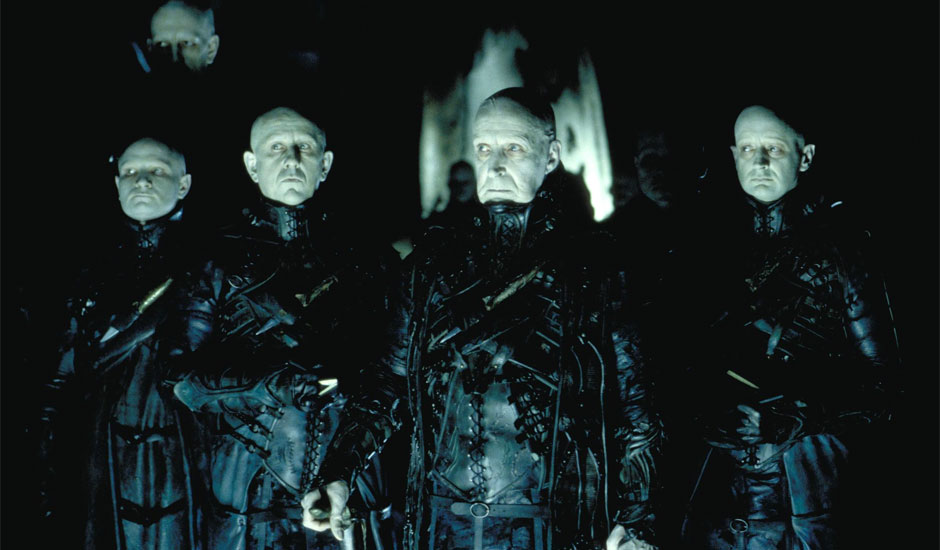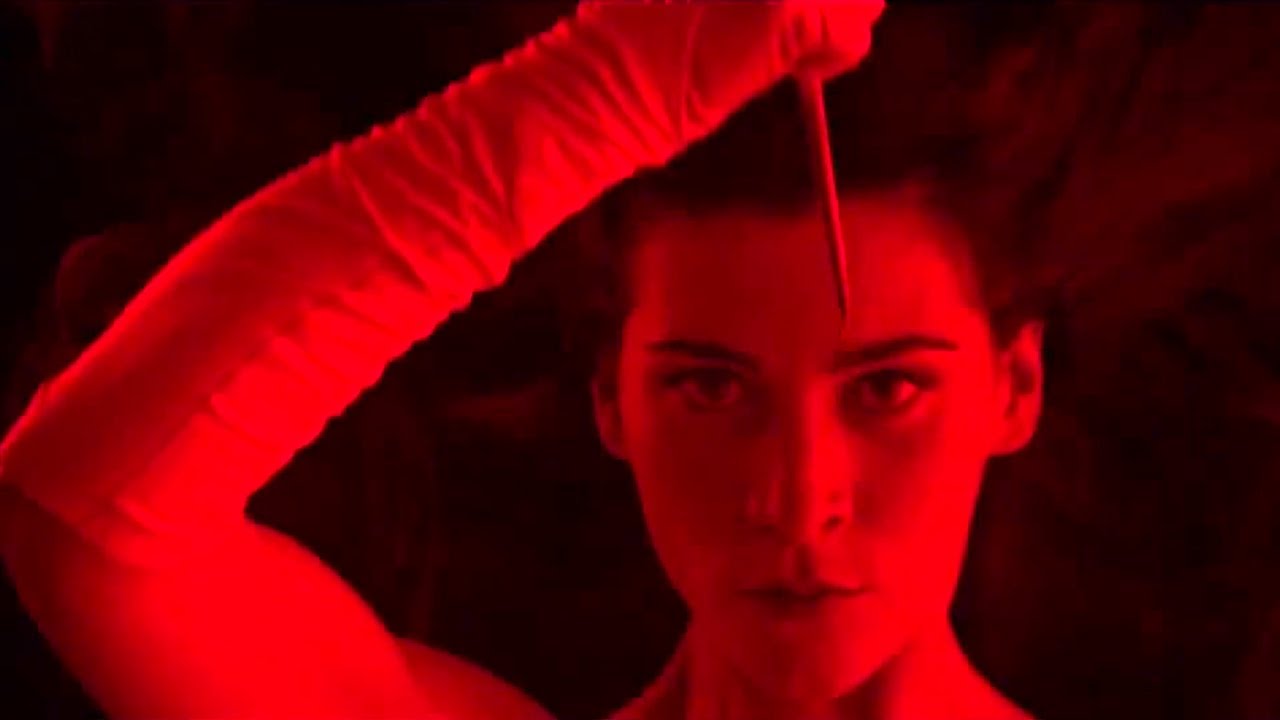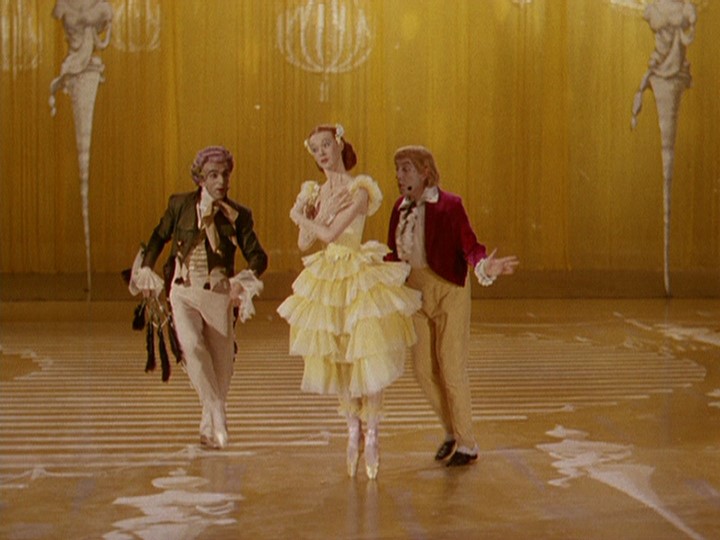
Cinema is first and foremost an optical medium. The visual language that a film creates should be unique, memorable, and give its audience information beyond just recording the action onscreen. The best cinematographers create a unique world in their films making them stand out from the rest. Just say “Psycho” and people will immediately conjure up rapid edits, inventive camera angles, and the effect “the shower scene” had on them. The films on this list endeavor to make every frame a masterpiece and will stay with their viewers long after being watched.
10. Legend (1986)

While this Ridley Scott film has been repeatedly bashed over the decades for countless valid reasons, few other films have created a fairy tale world as successfully or as memorably. Cinematographer Alex Thompson (Excalibur) gave his all on this project and it is easy to see why he was awarded Best Cinematography by the British Society of Cinematographers that year.
The expansive sets (that were not computer generated) combined with the detailed production design, and glowing cinematography gave viewers of Legend the virtual feeling of a timeless, enchanted forest. One can easily smell the flowers blowing in the wind, feel the bark on the titanic trees, see bees buzzing in the air, bask in the warmth of angled, morning light, and, for a moment, maybe believe that unicorns actually exist.
Light and dark and good and evil are portrayed without subtlety. Makeup, costumes, set design, and props are all created with the greatest attention to detail, further bringing this world vividly to life. Is Legend a masterpiece? Absolutely not, but if you turn off the sound, it is a masterclass in the cinematography of fantasy.
9. Taxidermia (2006)

While not for the faint of heart, the shocking images and style of this György Pálfi work will most likely never leave your psyche- like it or not. Cinematographer Gergely Pohárnok successfully achieves the challenge of cleverly portraying three eras of one Hungarian family spanning over a century. There is ample cinematography of the grotesque, but it is shot in the most artistic of fashions.
Stylistic continuity over the decades is clear along with a constant wink of the eye, whether images of comedy, drama, magic realism or sheer horror are put before us. Human and animal bodies are a central theme to this story and we are shown a vast spectrum of them from emaciated to stuffed with food (or stuffing!). Along with extremely dark humor, the storytelling and cinematography of Taxidermia have a profound, visceral effect on its viewers that connects the audience to the players onscreen. Listening to the Hungarian language being spoken, watching gluttonous eating competitions, and seeing a baby with a pig’s tail is just the tip of the iceberg here. I challenge anyone to find a film as unique as Taxidermia in its script and iconography.
8. Dark City (1998)

Melding science fiction and film noir had been done before in such films as Alphaville and Blade Runner, but never as successfully as in Alex Proyas’ Dark City. Lifting tropes from both genres, visionary cinematographer Dariusz Wolski (The Crow) immerses his audience in a nocturnal metropolis that changes its shape and layout each night at midnight. Wolski deftly captures everything clearly and neatly in the dark of night even while many characters are dressed all in black.
This dreamy-feeling film creates its own reality through inventive production design and there is a sickly, green hue used throughout the film that assists in casting an eerie mood. Dark City and The Matrix (made just one year later) both emphasize black and green in their color schemes. In Dark City, cars, clothing, and architectural styles seem to place us in the 1940s, but other-worldly elements bring about a futuristic feel as well. Proyas deftly weaves these anachronisms into a mysterious journey for the eyes and mind.
7. The Strange Color of Your Body’s Tears (2013)

Slightly reminiscent in mood and horrific moments of Dario Argento’s films, Belgian co-directors Hélène Cattet and Bruno Fozari have created a dream-like search for a man’s missing wife in The Strange Color of Your Body’s Tears. This film’s unique setting within a striking, Art Nouveau apartment building stands in extreme contrast to the body horrors that take place within it. The building almost becomes a character in the film thanks to the cinematic reverence for its design.
Cinematographer Manuel Dacosse uses devices such as a zoom lens, creative camera angles, colored lights, spinning images, kaleidoscopes, and close-ups of body parts to make us feel like the lead actor lost in his dizzying search. While the film can be difficult to follow at times, the basic plot is simple, so just allow yourself to get lost in and affected by the countless, rich images that you will never forget.
6. The Tales of Hoffmann (1951)

While probably best known for beautifully incorporating ballet into The Red Shoes (1948), the visionary duo of Michael Powell and Emeric Pressburger later took on the challenge of filming the opera, The Tales of Hoffmann. This opulently cinematic version of Jacques Offenbach’s 1881 opus is the perfect introduction to opera for novices or a wonderful experience for lovers of the art during a pandemic or at any time. The directors considered this to be a “composed film” where the imagery was strictly meant to match the music being performed. Martin Scorsese eloquently said about this film that, “the choreography of the camera played to the music.”
Unlike even the vastest of opera stages, here cinematographer Christopher Challis (camera operator on The Red Shoes) changes the size of the “stage” (frame) from intimate to the most expansive of shots depending on the content of the scene. The rich, Technicolor images bring out the lavish costumes, incredible make-up, fanciful sets, and detailed backdrops. It is a truly colorful night at the opera.